Earl Grey Black Tea
$5.45 – $20.00
The Earl Grey black tea, whose origin dates back to the early 1800s, is a tea blend which has been flavored with oil of bergamot, an orange species often grown in France, Italy and Southeast Asia. Earl Grey tea is made by adding the oil of bergamot?s rind to black tea, thereby producing one of the best tasting teas in the world.
Free shipping on all orders
PRODUCT OVERVIEW
Earl Grey is believed to have been named after Charles Grey, the 2nd Earl of Grey and British Prime minister in the 1830s, who received the tea as a gift from a mandarin speaking Chinese tea master. Earl Grey tea is made from black Earl Grey tea leaves scented or flavored towards the end of processing with the oil off the rind of bergamot. There are two common ways of achieving flavoring. One way is to blend the processed tea with herbs, flowers, and spices so that they infuse the tea leaves with their aroma and flavor. The other way Earl Grey tea is flavored is by spraying or coating the processed tea leaves with flavoring agents, oils or extracts, during or after the drying process. The bergamot used to flavor Earl Grey tea can vary from synthetic. hough most manufacturers prefer the synthetic variety because of the consistency of its flavor, unlike that of natural bergamot which can vary greatly depending on where it was processed and the processing procedure.
In the early days, the tea was made from processed black tea leaves, hence the color. However, this is one way of many, of making the tea. In recent times, tea manufacturers have begun to offer Earl Grey in different varieties, such as green and oolong. The different variations of the tea available in the market presently include?Lady Grey? (which itself is present in two common flavors, Cornflower Lady Grey and Citrus Lady Grey, each named according to the ingredient added to the Earl Grey tea), ?London Fog? (a mixture of Earl Grey with steamed?milk?and?vanilla?syrup), and Russian Earl Grey (produced by the addition of citrus peels and lemongrass to bergamot Earl Grey tea).
Other variations include the Earl green tea which uses green tea leaves instead of the traditional black Earl Grey tea leaves, Earl White tea which uses white tea leaves with bergamot flavoring, and the Rooibos Earl Grey which uses South African? herbal tea?as a substitute for the traditional form made with black tea.?
Is Earl Grey black tea caffeinated?
Earl Grey tea has as much caffeine as any other black tea, which is generally lower than the caffeine content of coffee and higher that of green tea. However, the amount of caffeine present in any cup of Earl Grey black tea depends largely on the processing and brewing of the tea.?
Earl Grey black tea health benefits
Earl Grey black tea has a seemingly unending list of health benefits, a reason it has become one of the most loved teas in the world. These benefits include:
- Improves digestion: The tea helps to promote healthy digestion by alleviating nausea, constipation and gastric acid reflux.
- Promotes heart health: Earl Grey, much like most black teas, helps improve heart health by reducing harmful cholesterol and increasing beneficial cholesterol in the body, thereby reducing the risk of plague buildup in the heart.
- Mood booster: The tea has been found to have a calming effect on people, owing to its bergamot ingredient. Bergamot relieves stress and anxiety and is a great mood booster.
- Prevents cancer: Due to its high amounts of antioxidants, Earl Grey helps eliminate cancer causing free radicals in the body, thereby preventing one from developing the disease.
- Weight loss: Earl Grey tea is known for its weight shedding effect. This is due mostly to the citrus content of bergamot, which is thought to either break down calories or help remove them from the body, and thereby reduce weight.
PRECAUTIONS
This information is not intended to diagnose, treat, cure, or prevent any disease.
Related products
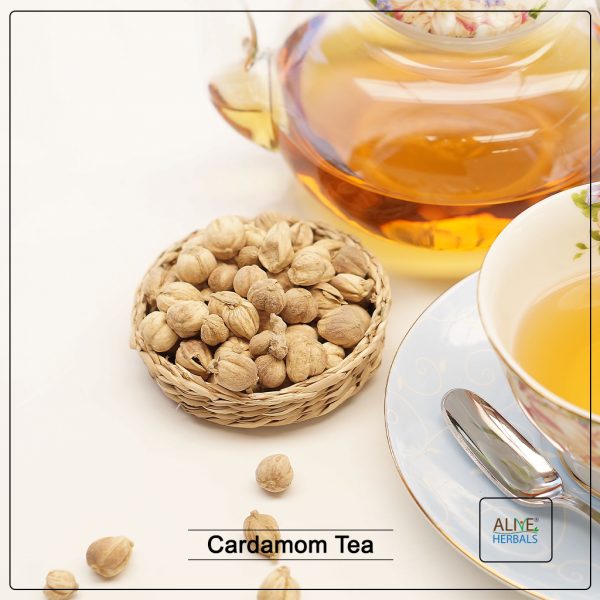
Cardamom Tea
$7.95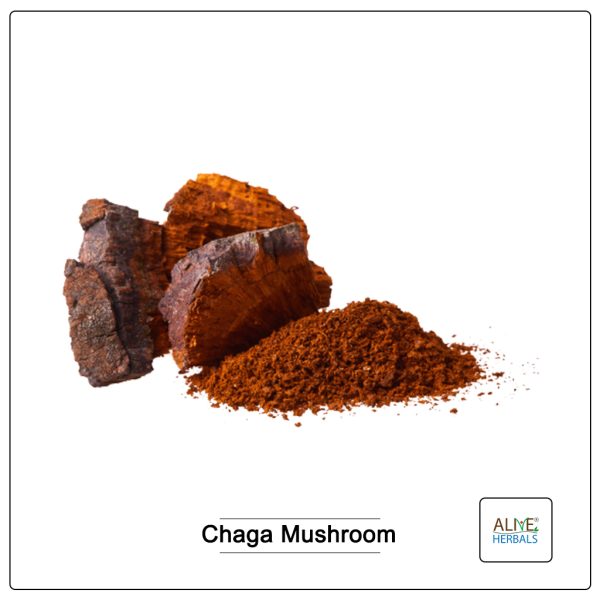
Chaga Mushroom
$4.95
Chamomile Tea
$8.75 – $9.75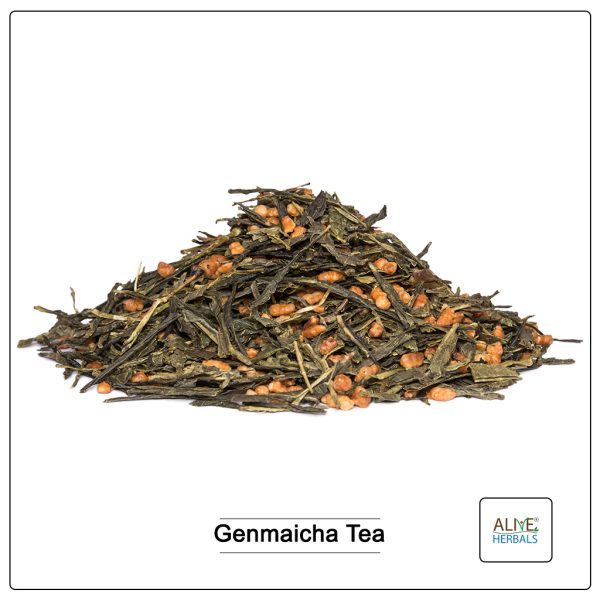
Genmaicha Tea
$7.95
Jasmine Green Tea
$6.50
Matcha Green Tea (Powder)
$6.50 – $38.00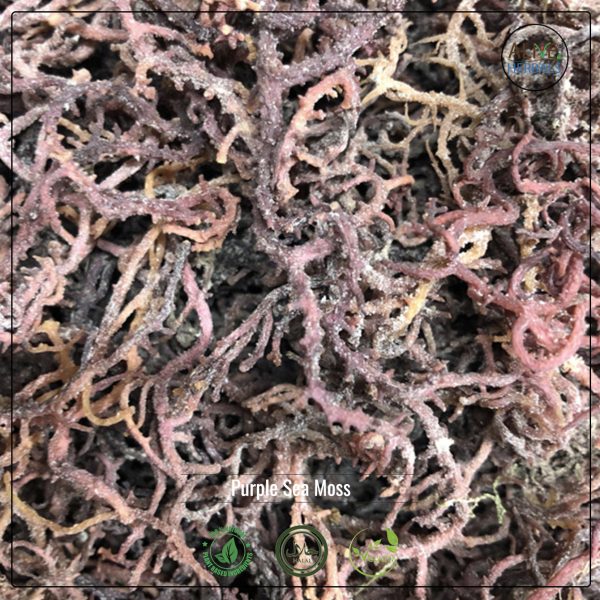
Purple Sea Moss
$15.99 – $43.10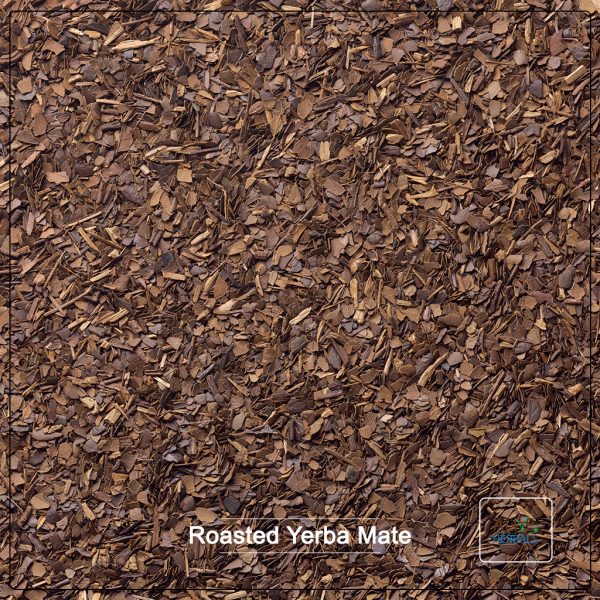
Roasted Yerba Mate
$9.95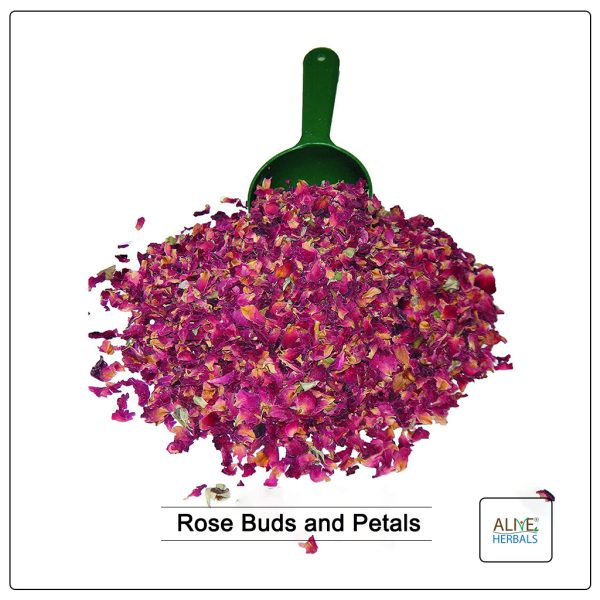
Rose Buds & Petals Dried
$10.49 – $25.99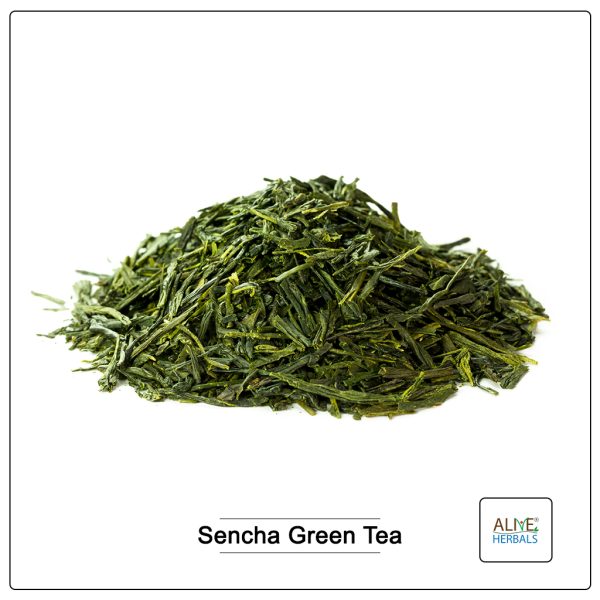
Sencha Green Tea
$6.95

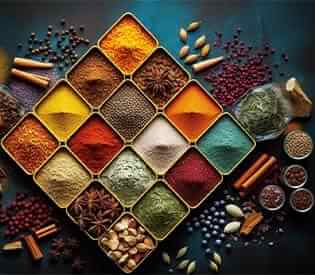
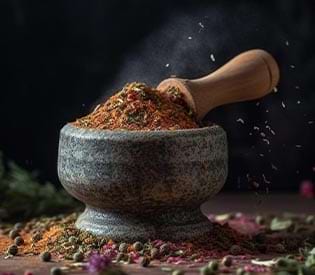
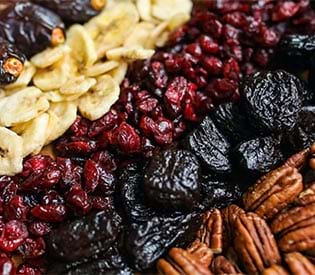

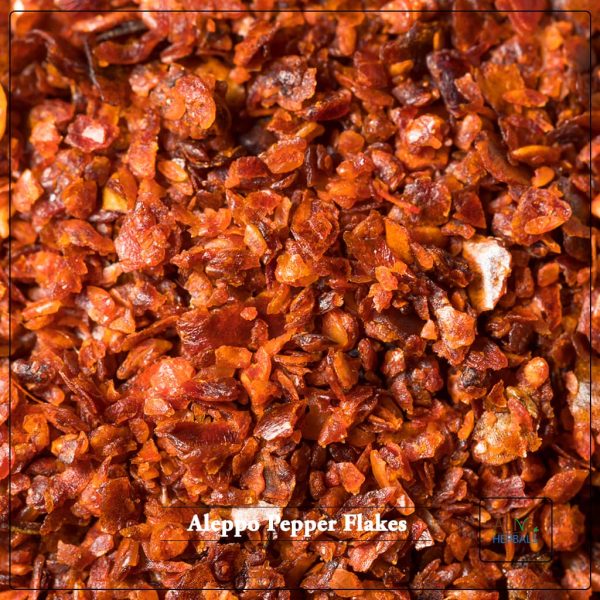



Reviews
There are no reviews yet.